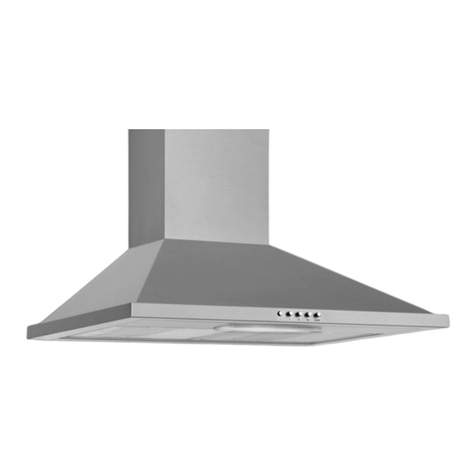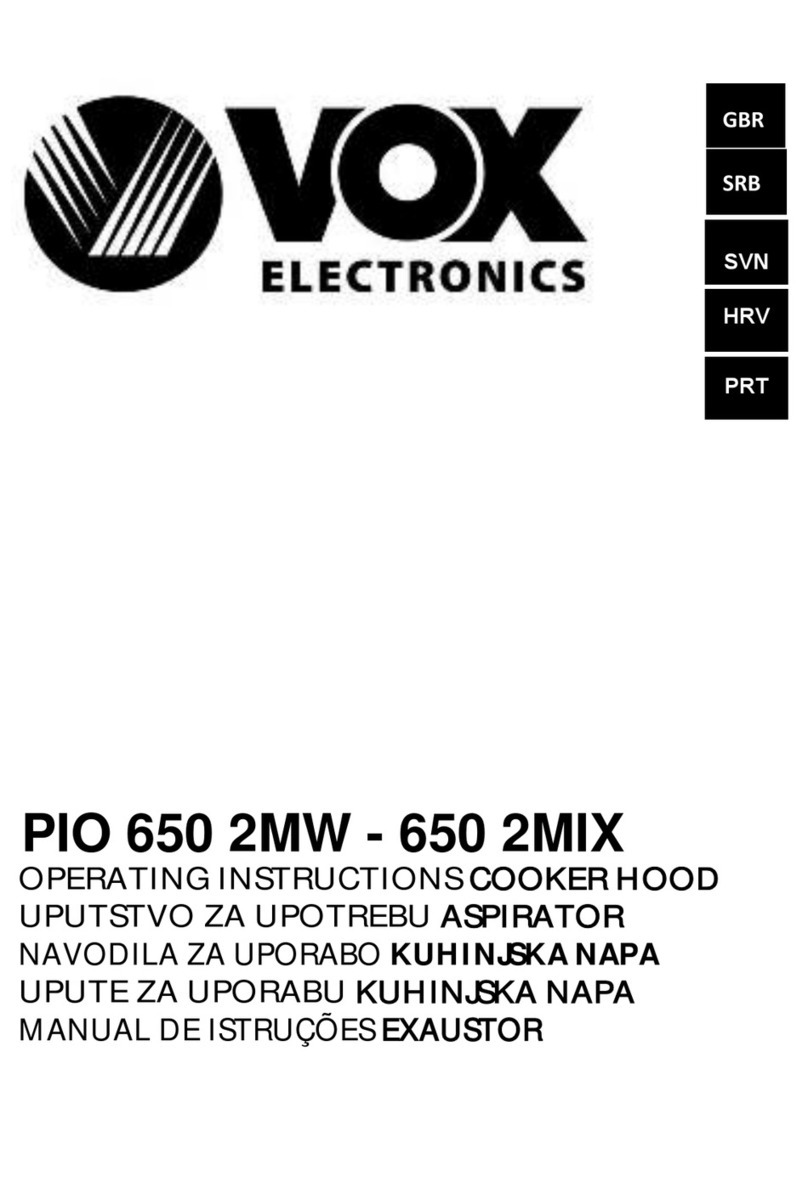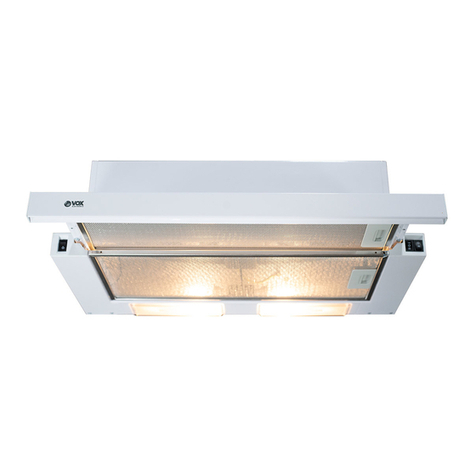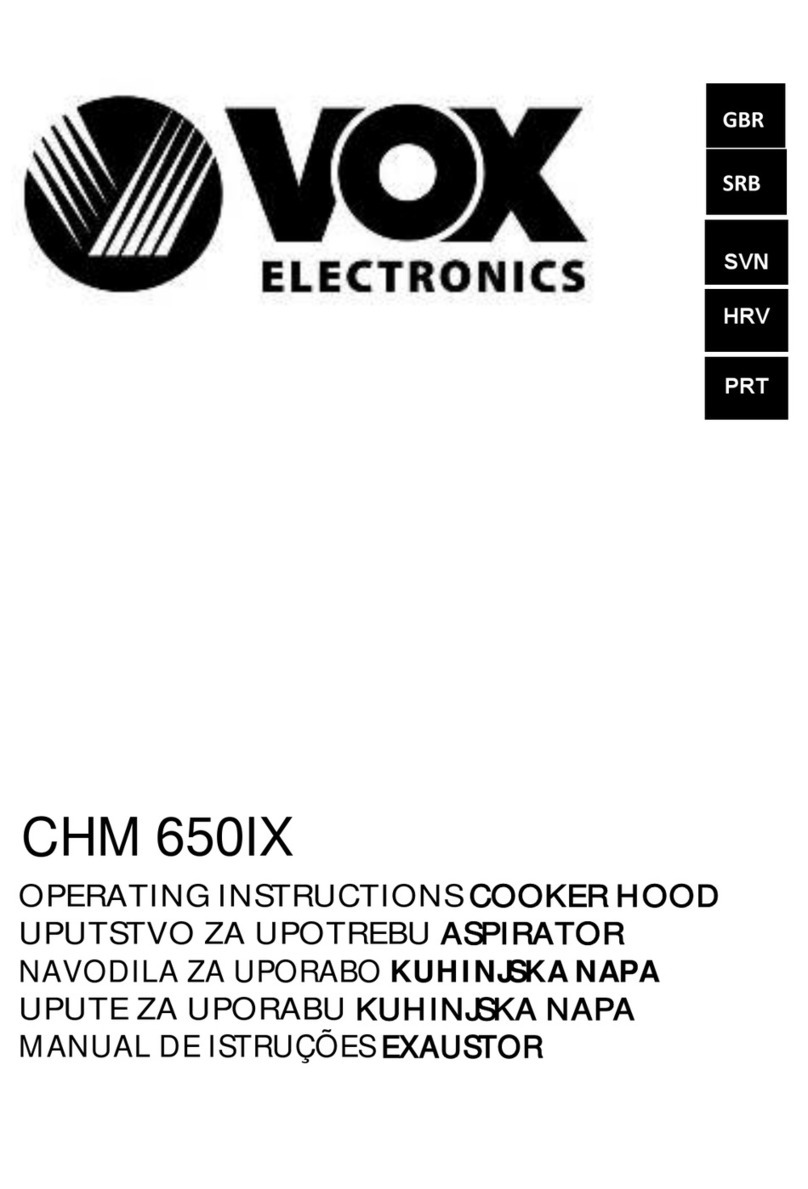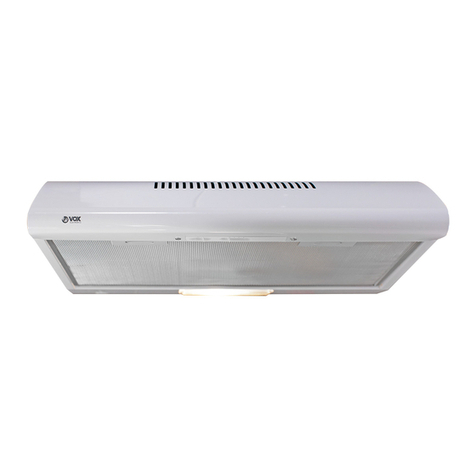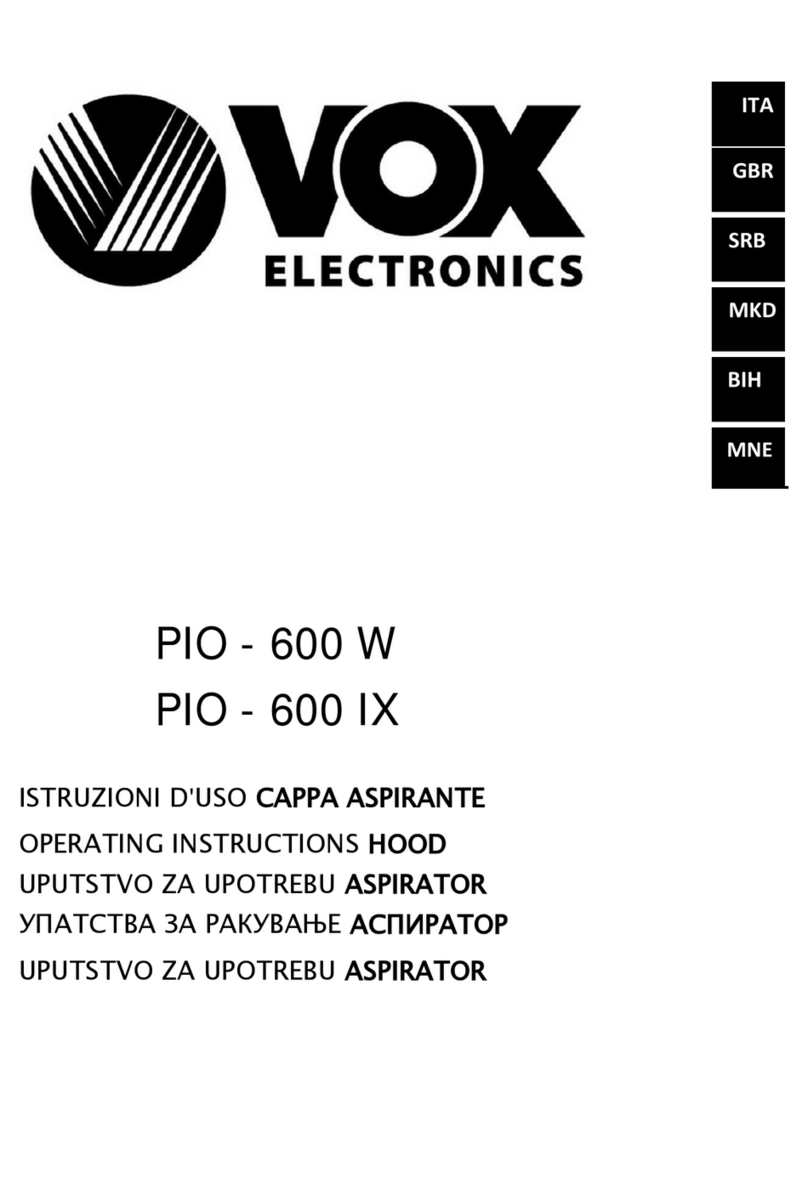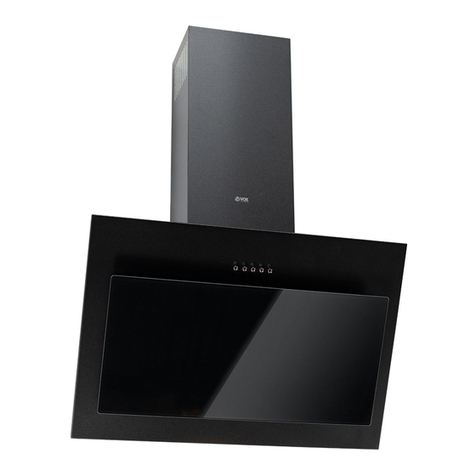
4
2 WARNINGS AND SAFETY PRECAUTIONS
■This appliance can be used by children
aged from 8 years and above and persons with
reduced physical, sensory or mental capabili-
ties or lack of experience and knowledge if they
have been given supervision or instruction con-
cerning use of the appliance in a safe way and
understand the hazards involved.
■This product is designed for home use.
■Usage voltage of your product is 220-240
Volt~50 Hz.
■ Power cord of your product is tted with a
grounded plug. That cable must denitely be
connected to a grounded socket.
■The whole electrical wiring must be installed
by a qualied electrician.
■Installation by unauthorized persons could
lead to poor operation performance, damage to
the product, and accidents.
■Feeder cable of the appliance mustn’t be
exposed to jamming or crashing during as-
sembly. Feeder cable mustn’t be placed near
the cooker. In such cases, it might melt down
and lead to re.
■Do not plug in the appliance before the ins-
tallation.
■Make sure that the installation place allows
the user to easily unplug the power cable in
case of any danger.
■Do not touch your product’s lamps when
they work for a long time. Since they would be
hot, they could burn your hand.
■Kitchen cooker hoods are designed for nor-
mal cooking and home use. For uses other than
specied, there is the risk of failure and the app-
liance becomes out of warranty.
■Comply with the rules and instructions re-
garding discharge of outgoing air, stipulated by
the relevant authorities. (This warning does not
apply to uses without ue.)
■Flammable foods must not be cooked under
the appliance.
■Turn on the appliance after placing a sau-
cepan, pan, etc. on the cooker. Otherwise, high
temperature might lead to deformation on some
components of your product.
■Turn off the cooker’s burner before taking
the saucepan, pan, etc. off the cooker.
■Do not leave hot oil on your cooker. Pots
that contain hot oil might lead to inammation.
■ Since oils could catch re when you cook
fried foods in particular, be careful about your
curtains and tablecloths.
■ Ensure timely replacement of the lters. Fil-
ters not replaced in a timely manner pose risk
of re due to accumulated grease deposits on
them.
■ Do not use non-re-resistant ltering materi-
als instead of the lter.
■ Do not operate your product without lter,
and do not remove the lters when the product
is in use.
■ In case of any deagration, de-energize the
cooker hood and cooking appliances. (Plug off
the appliance or turn off the main switch).
■If your product’s periodic cleaning is not
made in a timely manner, it could pose risk of
re.
■De-energize the appliance before any ma-
intenance operations. (Plug off the appliance or
turn off the main switch.)
■When electric cooker hood and devices
fed with energies other than electricity opera-
te simultaneously, the negative pressure in the
room must not exceed 4 Pa ( 4 X 10 bar ).
■Gas or fuel oil burning appliances, such as
room heaters, which share the same environ-
WARNINGS AND SAFETY PRECAUTIONS
